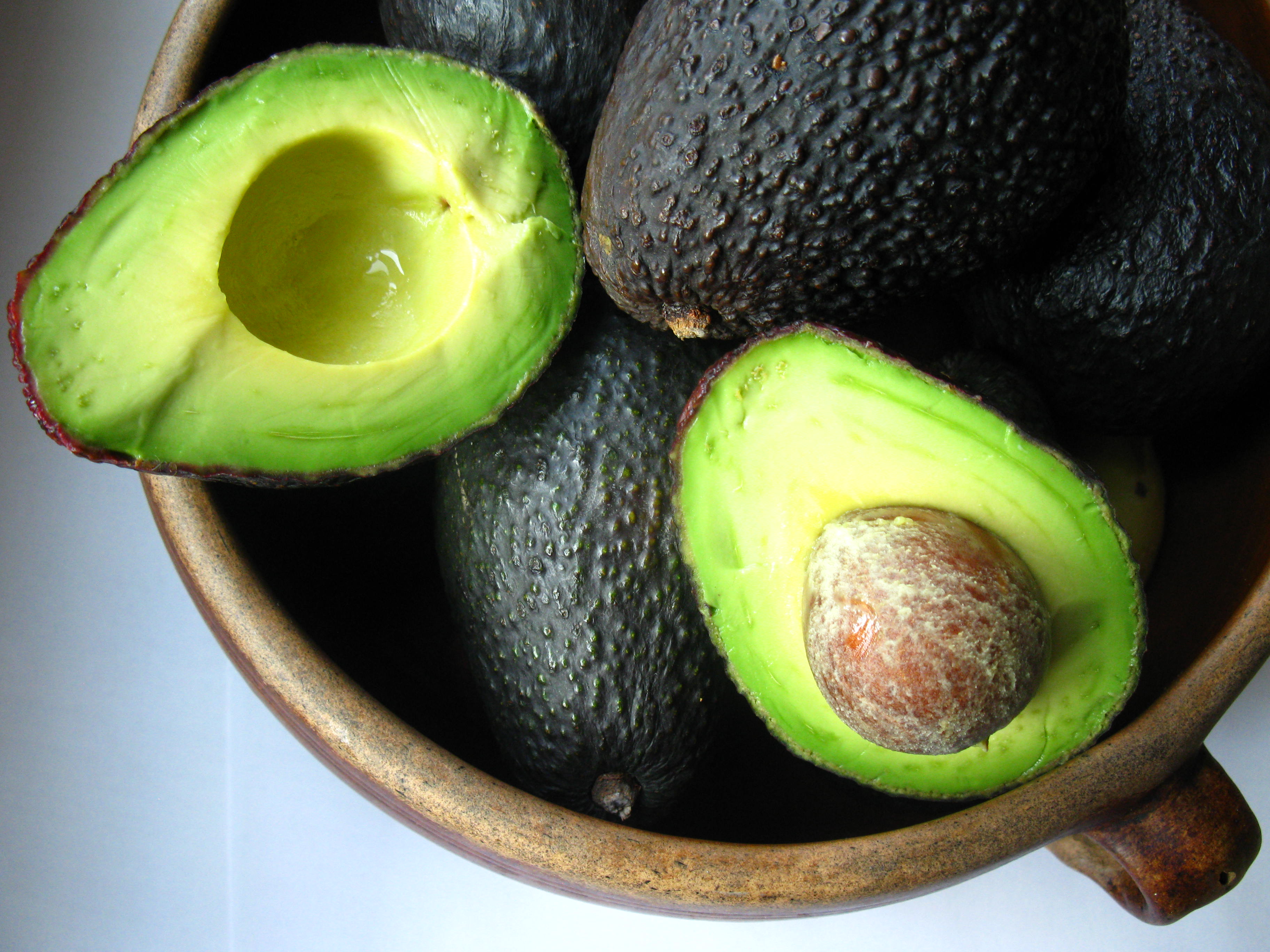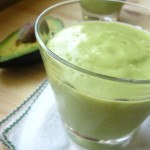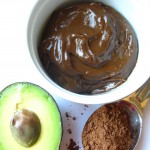Nutritional powerhouse: Avocado packed with antioxidants, fiber, good fat | by

Avocado is one of nature’s wondrous foods. Native to Mexico, it originated there as a wild variety sometime between 7,000 and 5,000 B.C. Today, avocado’s rich and creamy flesh is consumed throughout the world and is considered a nutritional powerhouse by many health professionals.
“Although avocados are high in calories and fat, they are satiating,” says Deborrah Scardaville, lead registered dietitian and nutritionist with The Medical Center of Aurora. “When consumed regularly, they can actually assist in weight-loss goals.”
Avocados are high in monounsaturated fat – the “good fat” that can help reduce total cholesterol. They are also a good source of fiber, antioxidants and many nutrients to help prevent cancer and other diseases. The avocado even has more potassium than a banana, says Scardaville.
The fruit is also high in vitamin E, which is essential for radiant skin, shining hair and reducing wrinkles. Some say avocado helps stop bad breath.
History
The avocado was cultivated as early as 500 B.C. in south-central Mexico, where it was part of the Aztec diet. The pear-shaped fruit was originally named āhuacatl, the Nahuatl word for testicle. When Spanish conquistadors arrived they had difficulty pronouncing it and subsequently referred to the fruit as aguacate, which became “avocado” in English.
There are four main varieties of avocados. The Hass, with its golden-yellow flesh and purplish-black knobby exterior, is considered the one with superior flavor by American consumers. Milder varieties include the Ettinger, Fuerte and Nabal.
Most of the world’s avocados are produced in Mexico, the United States, Dominican Republic, Brazil, Colombia, Chile, South Africa, Indonesia, Israel and Spain. American avocados are predominantly grown in California’s San Diego County – the U.S. avocado capital, according to the California Avocado Commission.
Use
The avocado is primarily used in its raw form. In the U.S., it is most commonly known for its use in Mexican cuisine – mashed into guacamole, blended with tomatillos for salsa verde, and used as a topping for tacos, soups, beans and the like.
Many other cultures, however, take a sweeter approach – often in a beverage.
The Vietnamese make sinh to bo, an avocado milkshake with sweetened condensed milk. You can find it with or without boba (tapioca pearls) at most Vietnamese restaurants. Brazilians call theirs vitamina de abacate and Indonesians take it up a notch, by making their avocado milkshake, jus alpukat, with chocolate syrup and/or coffee drizzled in.
American health conscious eaters have been chopping avocado into salads and spreading it on sandwiches for years, says Jessica Crandall, a registered dietitian and nutritionist with Denver Wellness and Nutrition-Sodexo GM. She also recommends spreading it on your morning toast.
“It’s an excellent substitute for butter,” she says. “Two tablespoons equal about 50 calories, whereas an equivalent amount of butter has 100 calories. Since it’s cholesterol-free, it’s much better for you.”
Selecting and Storing
Select an avocado with clean, unblemished skin and one that “gives” slightly when squeezed. It should not feel soft or be sunken in. A firmer, less mature fruit can be ripened at home in a few days at room temperature or more quickly in a paper bag. Once ripe, store it in the refrigerator. Sprinkle leftovers with lemon or lime juice to prevent browning, cover with plastic wrap, and refrigerate. Slight discoloration is still edible.
Peeling
The greatest concentration of carotenoids in an avocado lies in the dark green flesh just beneath the skin. To get all that goodness, cut the avocado in half and scoop out the flesh using a spoon to fully scrape it apart from the skin.
Andrea Juarez is an award-winning writer and a hobbyist food anthropologist. In her blog Fork Fingers Chopsticks, she writes about an ingredient’s origins and cultural uses. View more recipes at ForkFingersChopsticks.com.
Recipes
Vietnamese Sinh To Bo – Avocado Shake
Shake up your regular smoothie with this Vietnamese treat. For additional flavors, use avocado in place of a banana in your regular smoothie blend. Recipe serves 2.
- 1 medium avocado
- 1+ cup vanilla almond milk
- 1+ cup ice
- 2 – 3 tablespoons agave, honey or other sweetener
- Optional: add a banana, berries, kale, etc.
- Puree until smooth, use plenty of ice. Serve immediately.
Avocado Toast/Crostini
Spread avocado on toast in lieu of butter or mayonnaise for a healthy, satisfying breakfast, appetizer or snack.
- Avocado
- Toasted bread or crostini
- Salt and pepper
- Optional: Squeeze of lemon, fried egg, olive oil, red pepper flakes, tomatoes, strawberries, goat cheese, etc.
- Toast bread and spread it with avocado (sliced or mashed). Season with salt and pepper to taste, add a light squeeze of lemon to deter browning. It’s ready to eat or add additional toppings.
Chocolate Avocado Pudding
This is an easy, no- guilt, good for you treat. Add more cocoa, sweetener, milk to taste. It’s rich, so it can serve 2.
- 1 medium avocado
- 1+ heaping tablespoon cocoa powder
- 1+ tablespoon honey, agave or maple syrup
- 1+ tablespoon almond milk, coconut milk or milk
- 1/2 tsp vanilla
- Dash salt
Optional: 1 tablespoon dark chocolate chips (melted)
Puree until smooth, it should be thick and velvety. Refrigerate. Best when eaten within 24 hours.
Tags: avocado, nutrition, Recipes
Leave a Comment
Please be respectful while leaving comments. All comments are subject to removal by the moderator.




